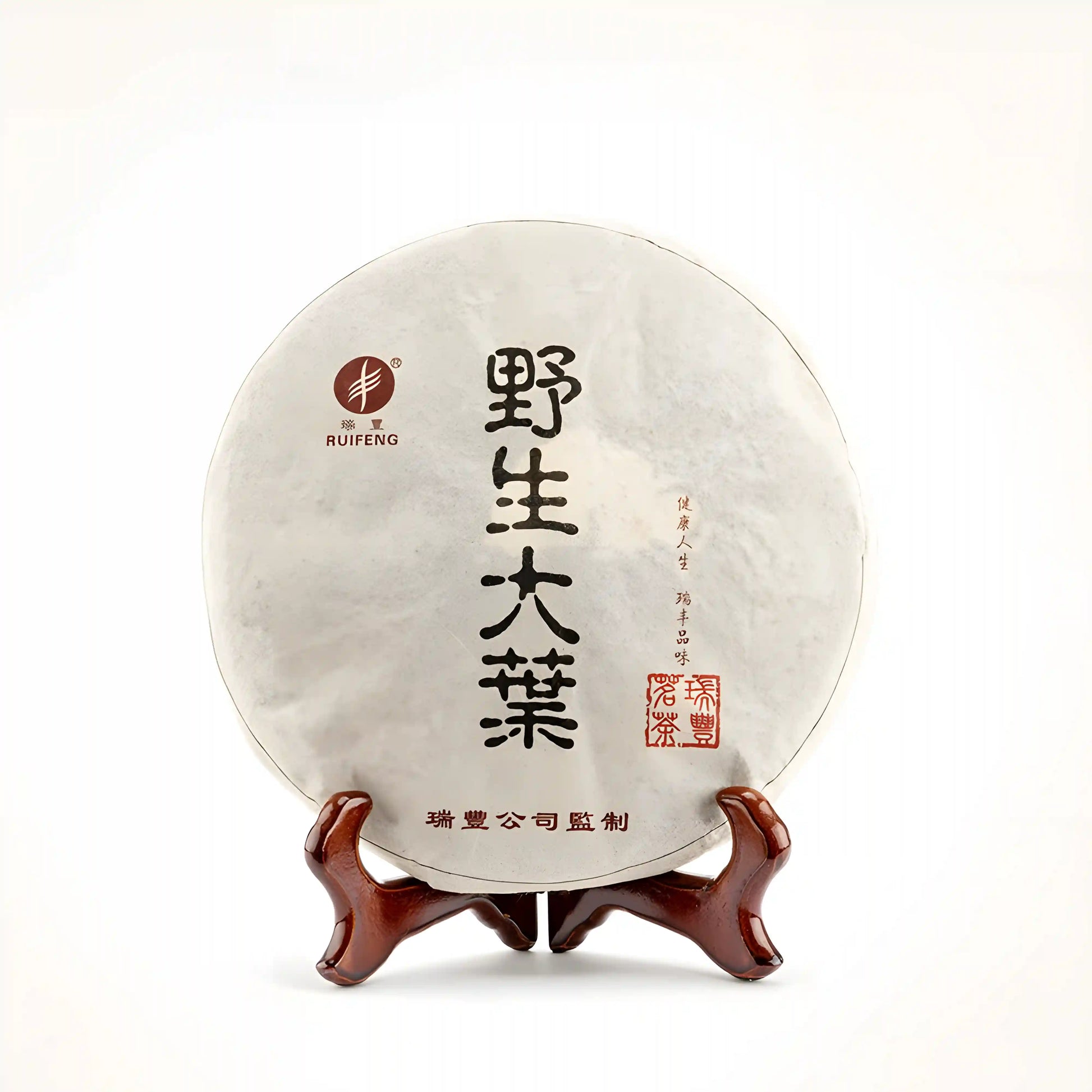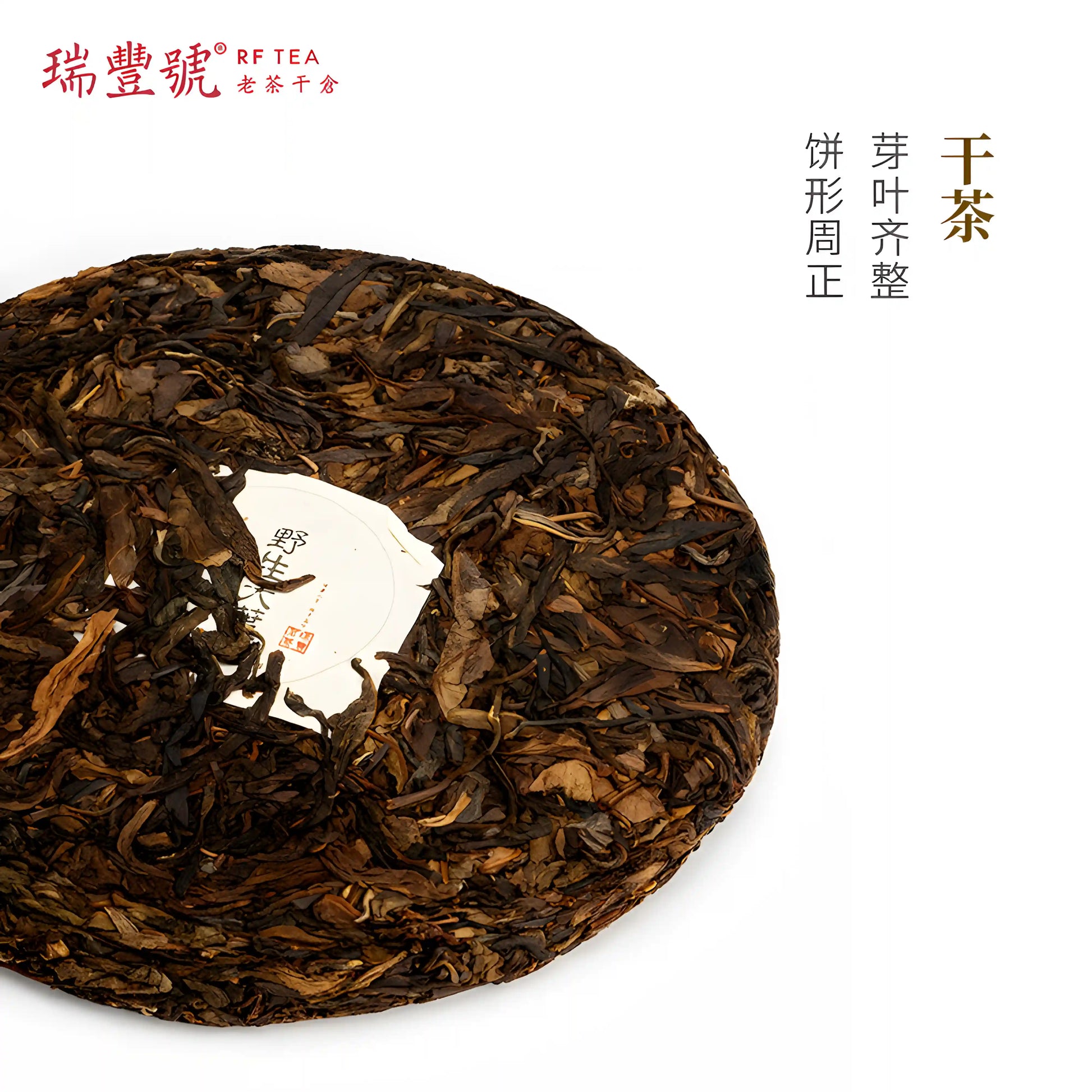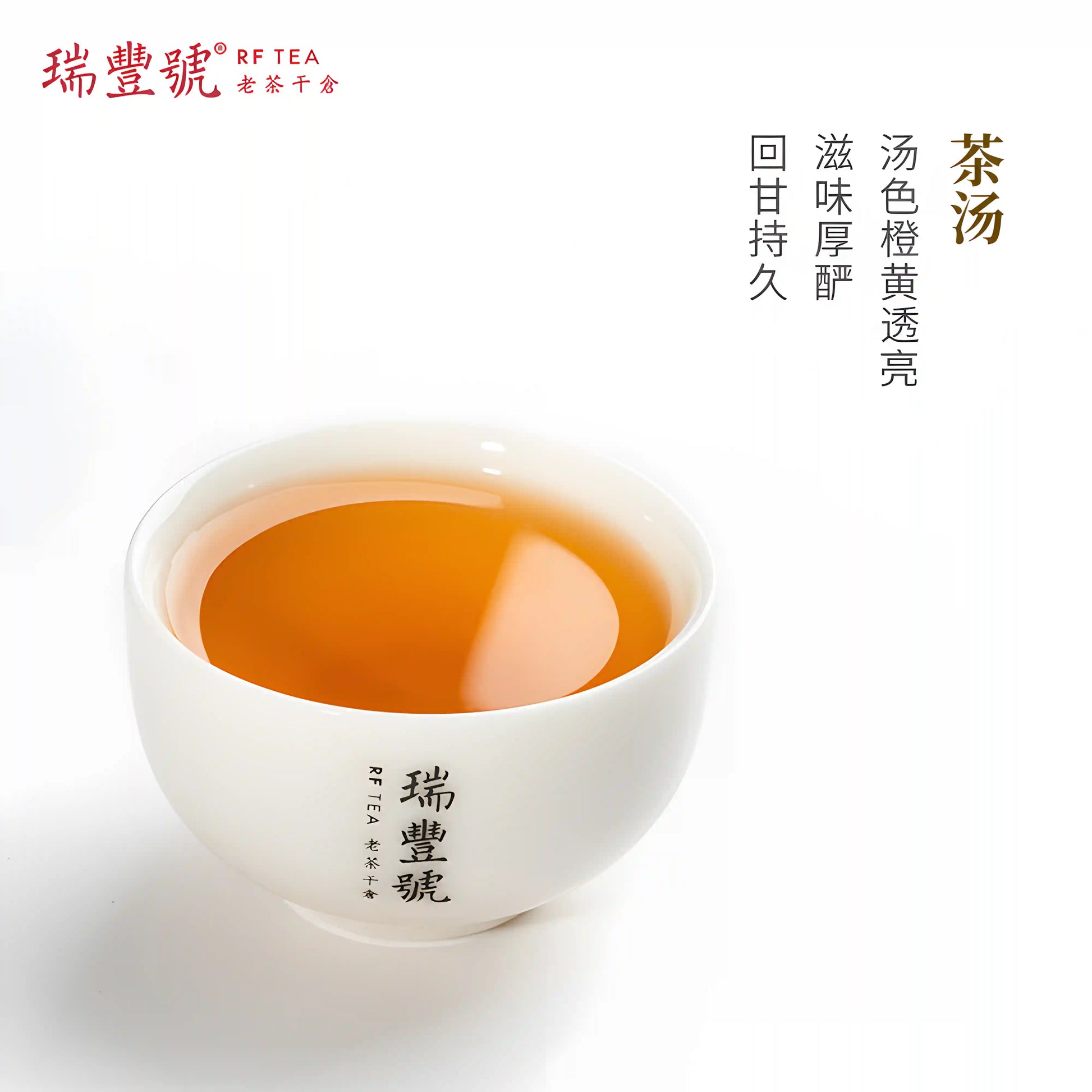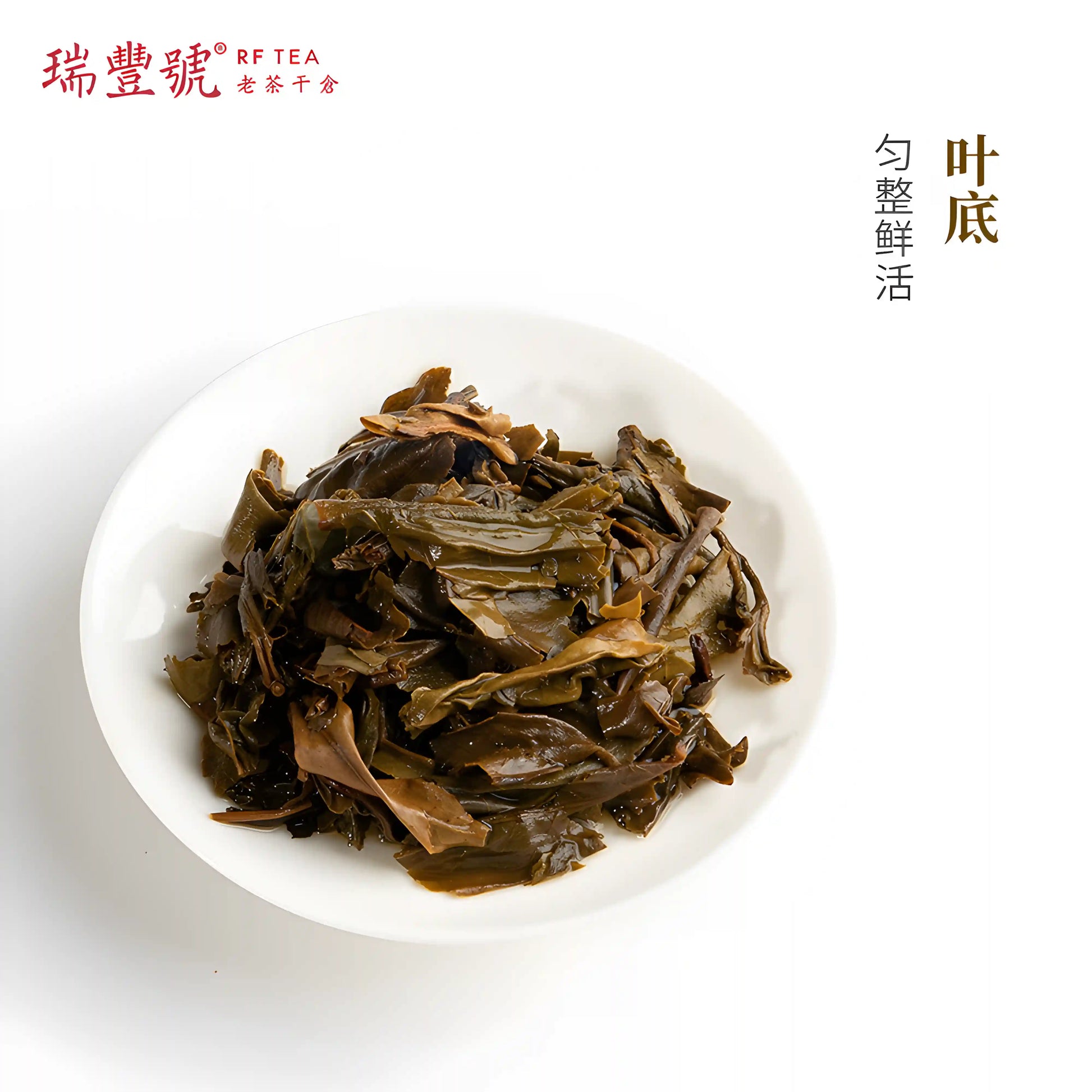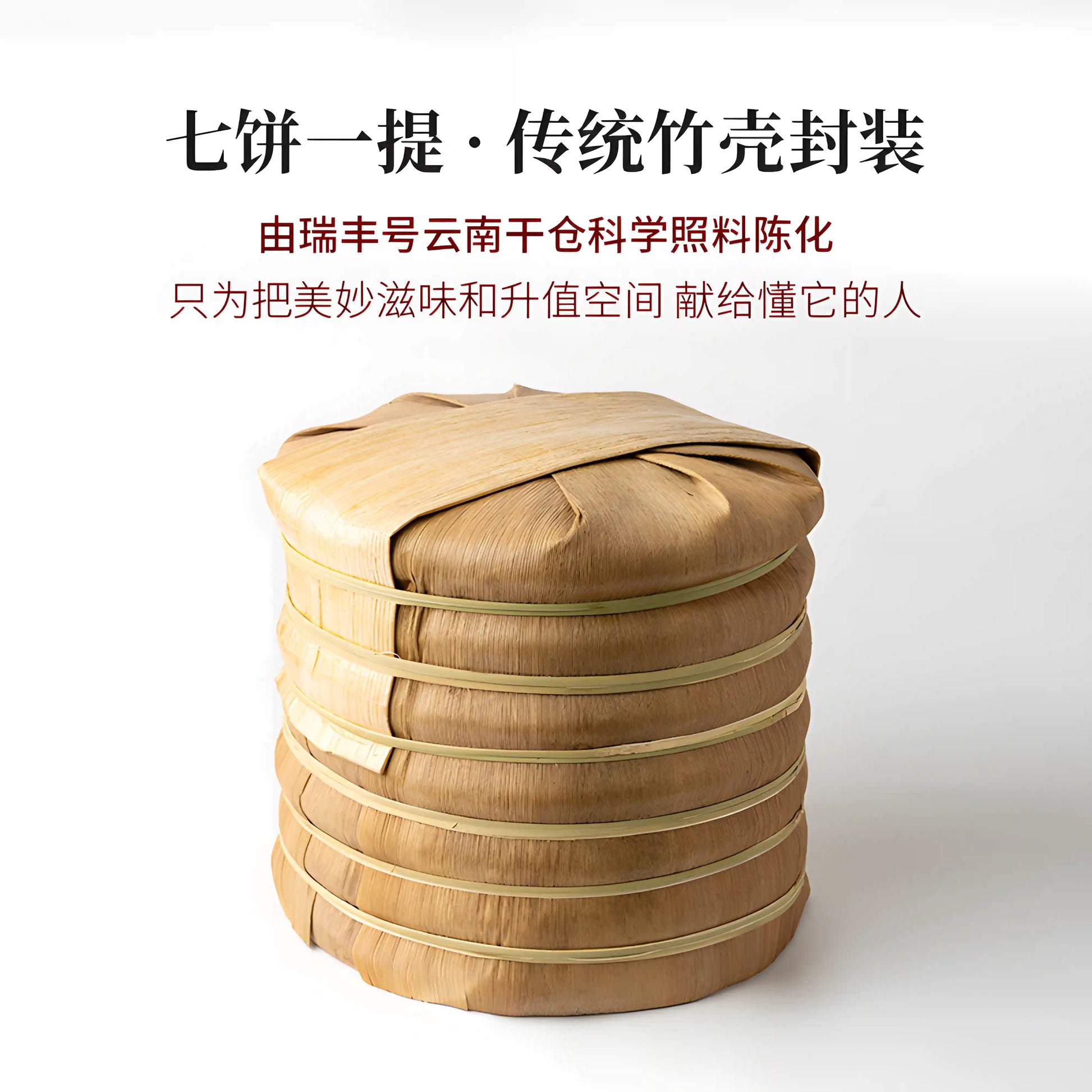Menghai 2013 Aged Raw Pu-erh Tea Cake | Liver Cleansing Tea
Menghai 2013 Aged Raw Pu-erh Tea Cake | Liver Cleansing Tea
Caffeine: Low
Flavor: Mellow\Floral
Infused with the Energy of Wood – Vitality, Growth, and Renewal
The Elements: 【🌱 Wood】
Caffeine Level: Moderate
Benefits of the Tea:
- Promotes Vitality & Energy Flow
- Supports Liver Health & Detoxification
- Enhances Growth & Emotional Renewal
Menghai Raw Pu-erh Tea is an eco-friendly selection from the pristine core of Menghai’s mountains. This tea captures the wild nature’s essence with floral and honey aromas, offering a rich, full-bodied flavor with a refreshing sweet aftertaste.
Wood Element Insight
- Organ: Liver & Gallbladder
- Emotion: Anger, Renewal, Flexibility
- Energy Direction: Upward, Expansive, Growing
- When out of balance: Frustration, Stagnation, Irritability
This tea’s Wood energy supports liver function, encourages emotional renewal, and promotes smooth energy flow throughout the body.
Ingredients & Origin
- Ingredient: Raw Pu-erh from Menghai core production area
- Origin: Menghai, Yunnan, China
- Harvest Year: Varies by batch
Handcrafted with traditional methods and natural fermentation, evolving gracefully over time.
How to Brew
Traditional Brew: 5g / 100°C / Rinse once / Steep 15–30 seconds / Increase steep time gradually
Modern Brew: 3g / 250ml / 95°C / Steep 3–5 minutes
Frequently Asked Questions
What makes Menghai Raw Pu-erh special?
- It’s sourced from the core wild mountain area of Menghai, known for robust flavor and excellent aging potential.
How does aging affect this tea?
- Aging mellows the tea, deepens flavors, and enhances its smoothness, increasing its value over time.
Is this tea suitable for daily drinking?
- Yes. It offers a gentle caffeine level and health benefits supportive of daily wellness.
🌱 Embrace Wood’s Growth – Awaken Vitality with Menghai Raw Pu-erh
Couldn't load pickup availability
Share
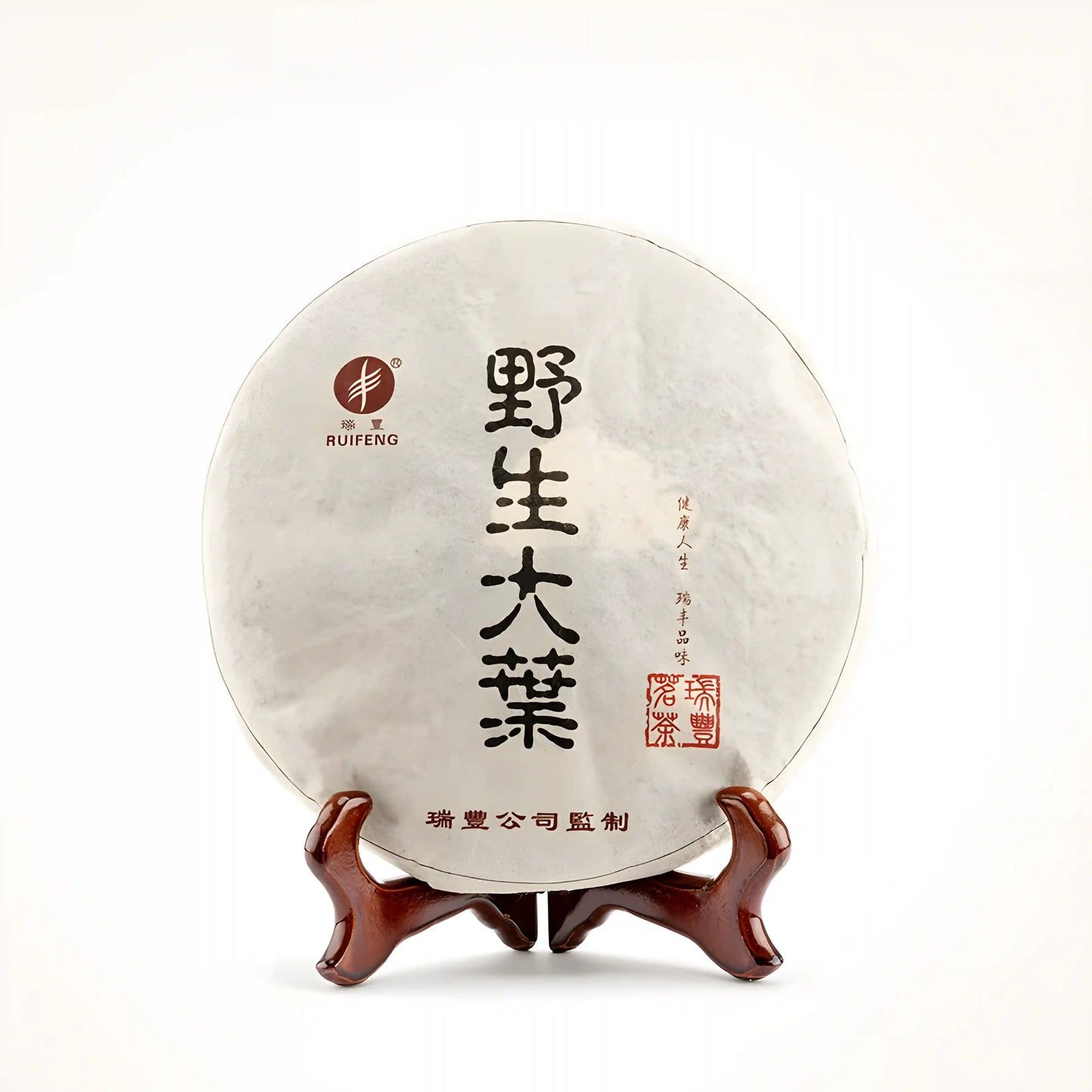
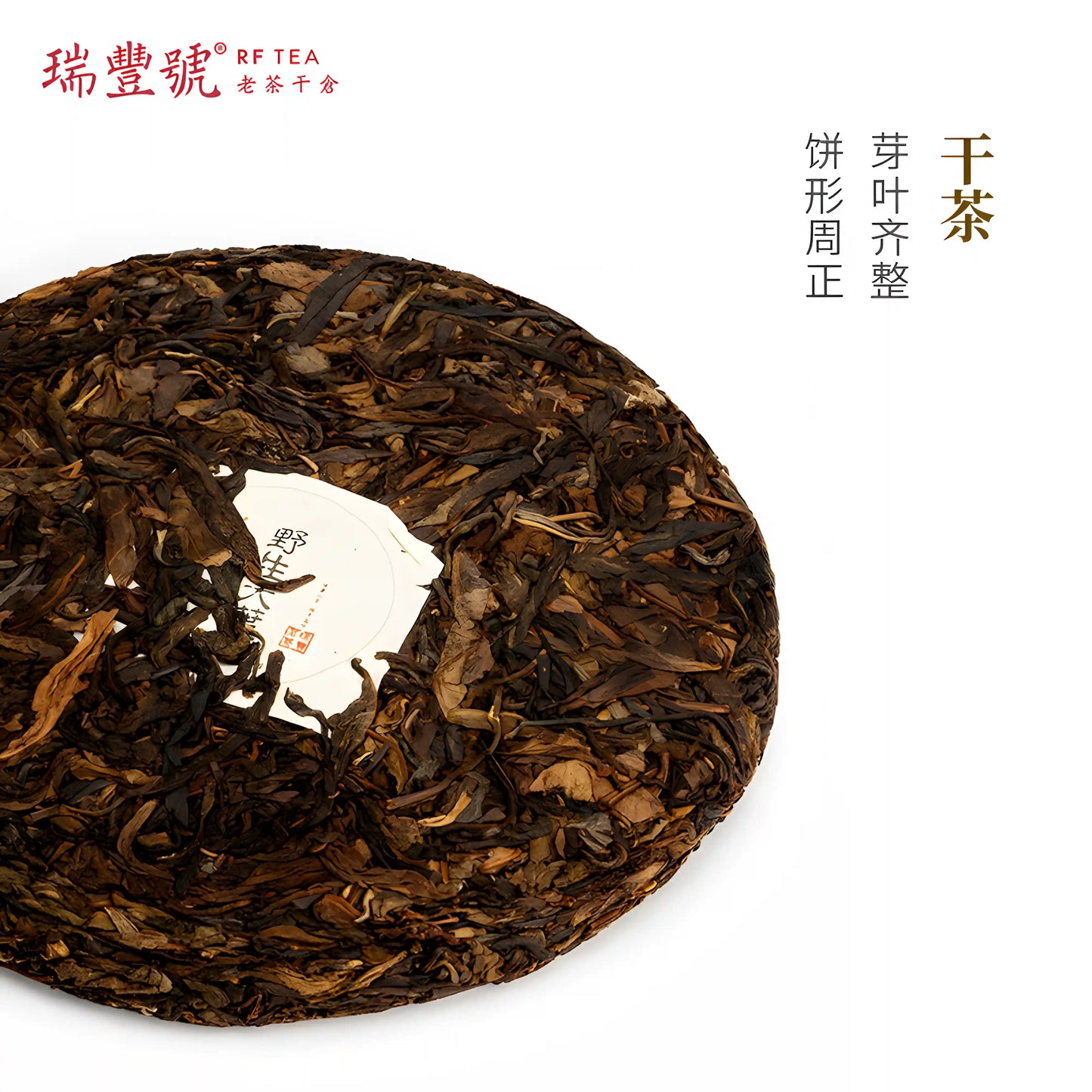
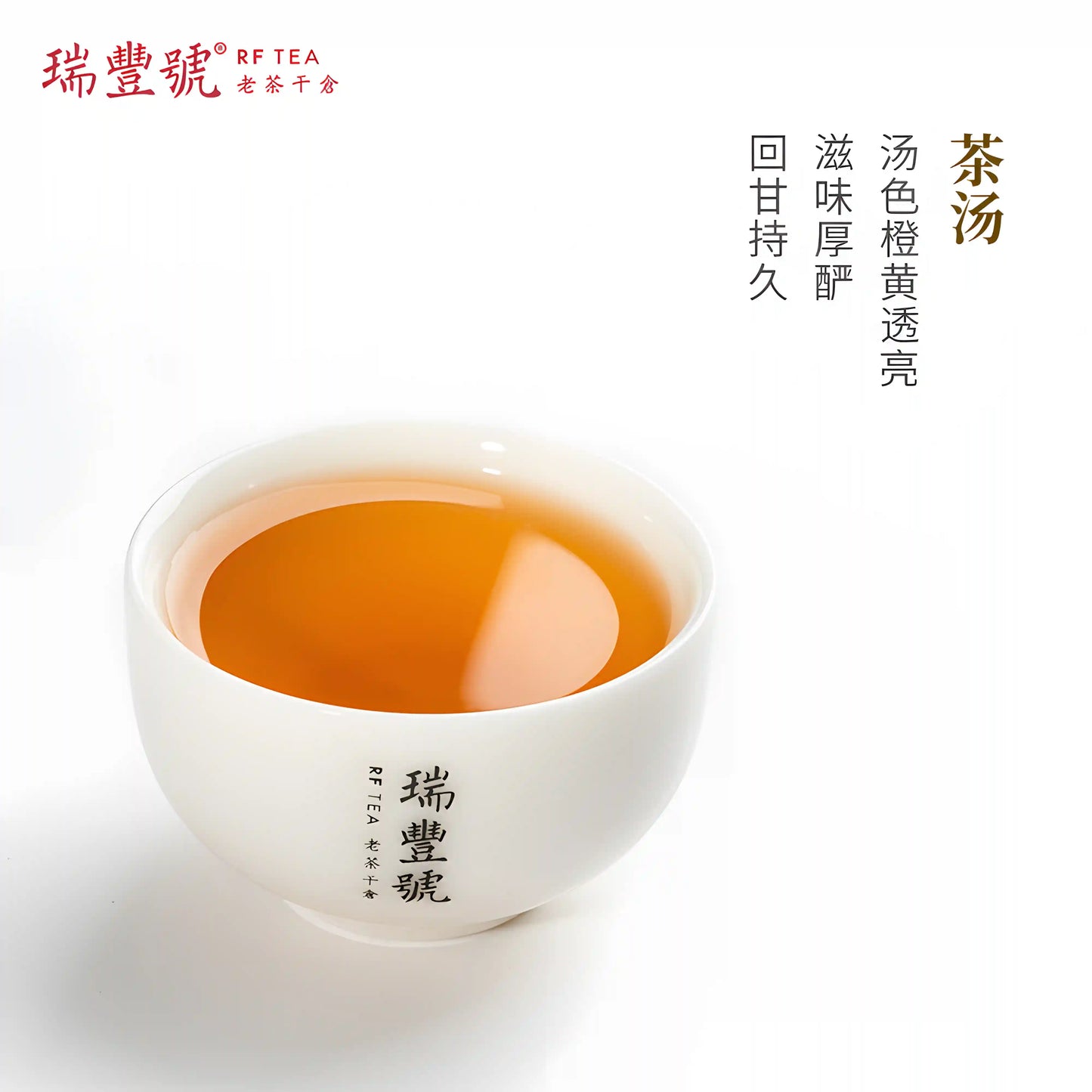
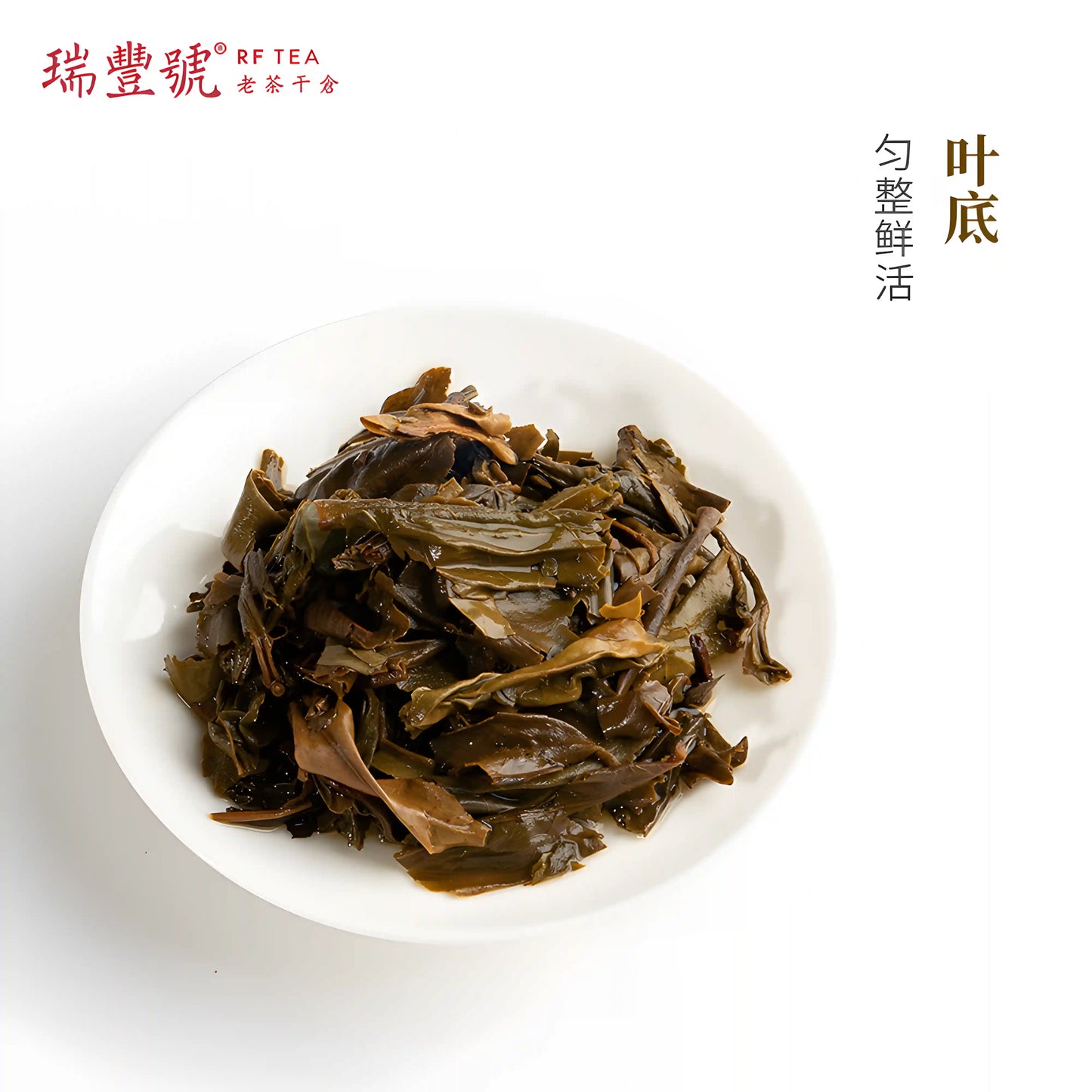
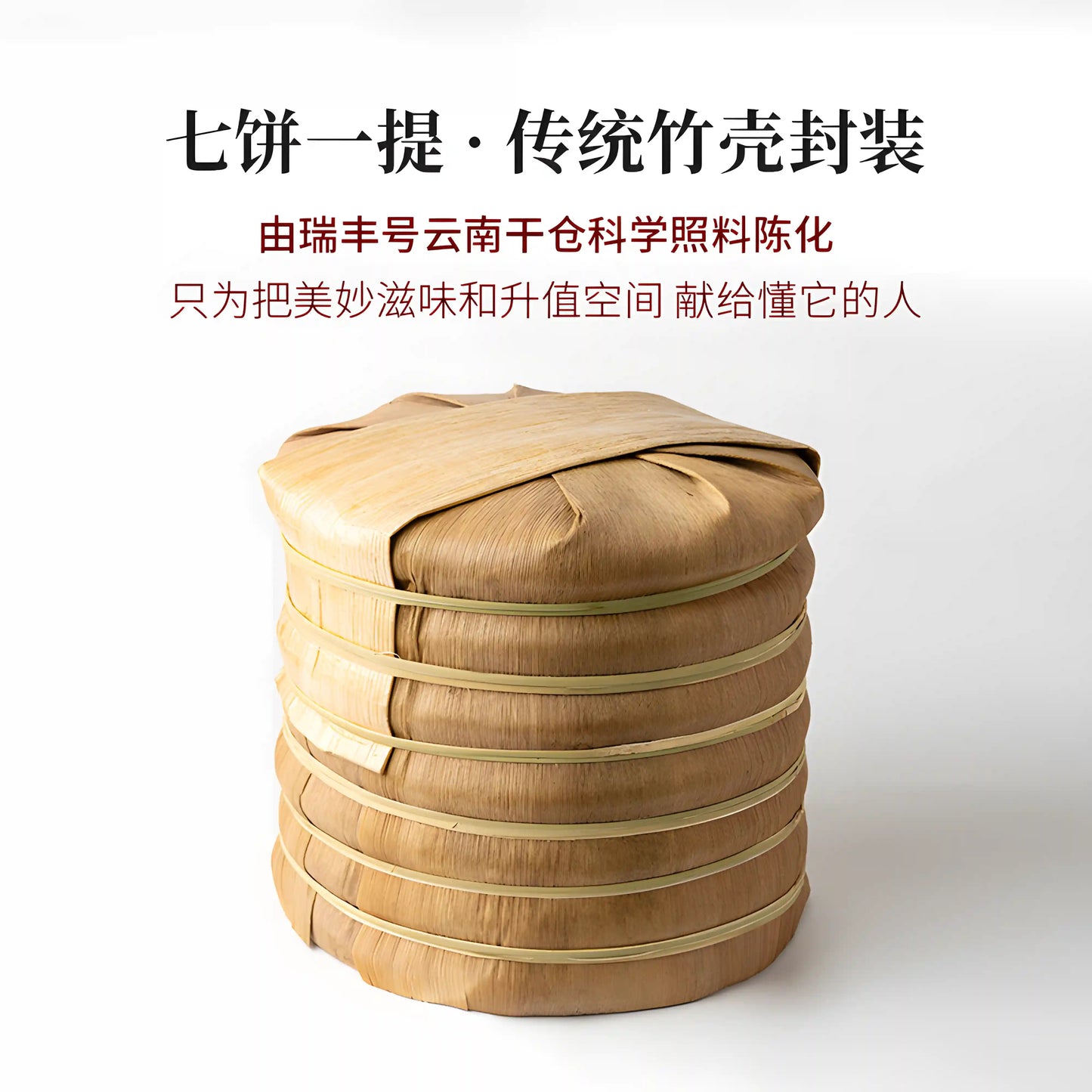
Blog posts
View all-

10/10 Would Recommend: The Healthy, Daily Ritua...
Discover why our Organic Rose Tea & Ceramic Mug Set is the Christmas gift she'll treasure daily. Featuring Xinjiang organic roses, premium Yunnan black tea, and authentic Ru Kiln ceramics,...
10/10 Would Recommend: The Healthy, Daily Ritua...
Discover why our Organic Rose Tea & Ceramic Mug Set is the Christmas gift she'll treasure daily. Featuring Xinjiang organic roses, premium Yunnan black tea, and authentic Ru Kiln ceramics,...
-

How to Store Pu-erh Tea: Aging Tips, Probiotic ...
Discover how to properly store Pu-erh tea (sheng & shou) to prevent spoilage and unlock its full aging potential. This guide covers humidity, ventilation, microbial benefits, and how Pu-erh evolves...
How to Store Pu-erh Tea: Aging Tips, Probiotic ...
Discover how to properly store Pu-erh tea (sheng & shou) to prevent spoilage and unlock its full aging potential. This guide covers humidity, ventilation, microbial benefits, and how Pu-erh evolves...
-

Raw vs. Ripe Pu-erh Tea: What’s the Difference?
Curious about the difference between Raw and Ripe Pu-erh? In this article, we explore their production methods, flavor profiles, fermentation process, and health benefits—plus real customer feedback to help you...
Raw vs. Ripe Pu-erh Tea: What’s the Difference?
Curious about the difference between Raw and Ripe Pu-erh? In this article, we explore their production methods, flavor profiles, fermentation process, and health benefits—plus real customer feedback to help you...

